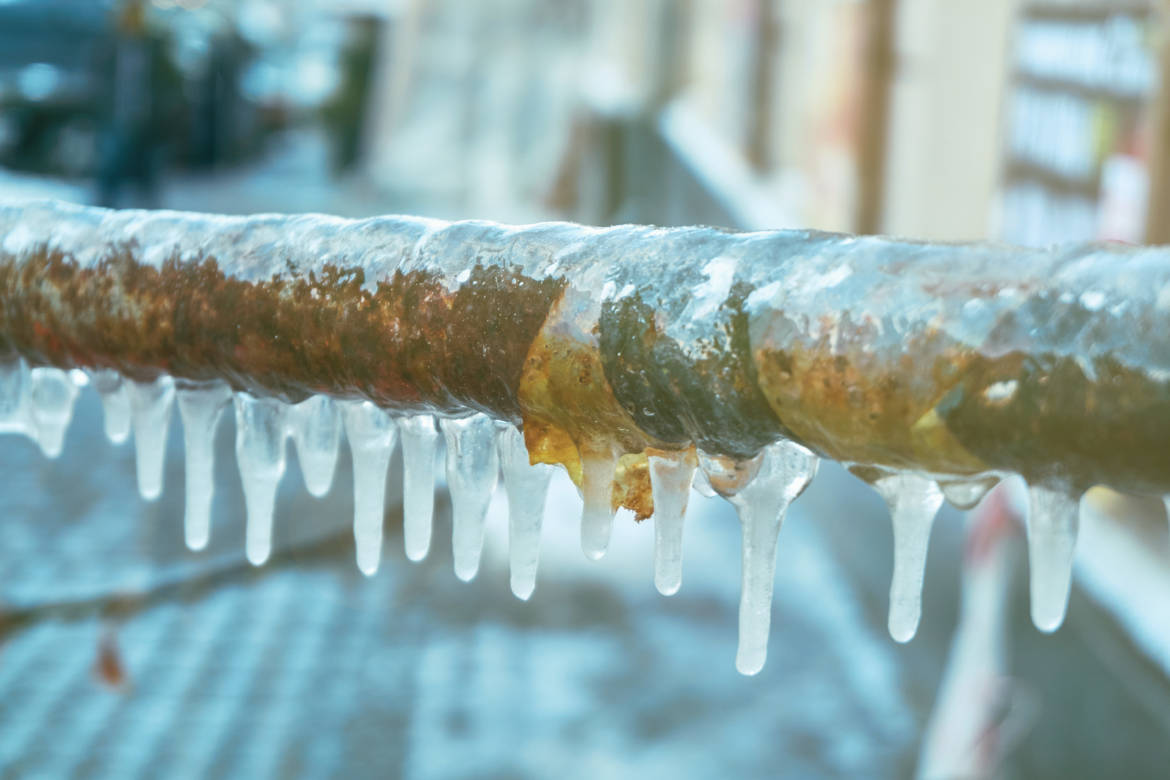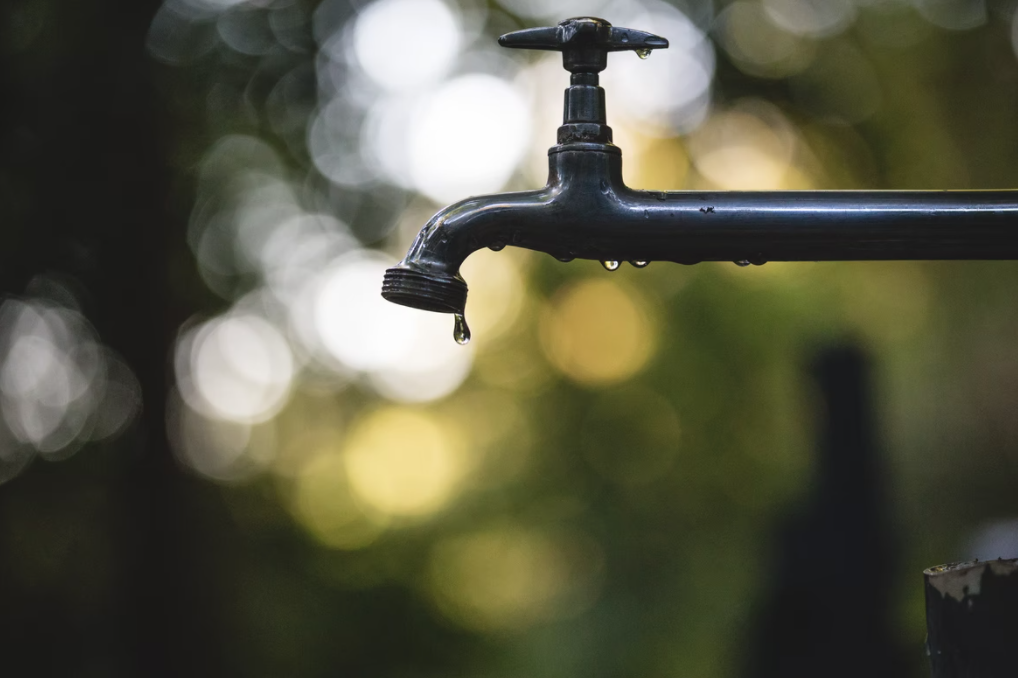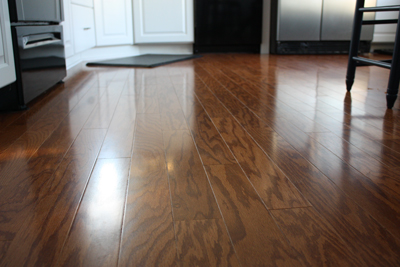How To Thaw Frozen Pipes

The winter weather can be harsh on many property owners, and frozen pipes are a common problem that you may encounter!
 Photos By: Stock Images
Photos By: Stock Images
It is important to take preventive measures to help protect your home from freezing temperatures However, if the worst does happen and your pipes freeze, there are a few steps you can take to thaw them safely.
In this article, we’ll explain why frozen pipes occur and offer advice for preventing them in the future. Also, we will give you a few tips on what to do when faced with frozen pipes inside or outside of your home. Keep in mind that an expert like this London plumber would be able to handle the problem in the best, most harmless way!
Without further ado, let’s now dive in some valuable tips about how to thaw out those pesky frozen pipes!
Why Do Pipes Freeze?
When winter arrives, homeowners all around the world must take extra steps to ensure their plumbing and pipe systems are winter-proof. Pipes can freeze in cold weather conditions, leading to a disastrous chain of events.
Insufficient Coverage
One of the most common causes of frozen pipes is inadequate insulation. If exposed pipes aren’t properly covered (even ones inside your home), then temperatures can drop to freezing levels which can cause them to burst or crack. To prevent this from happening, be sure to line your exposed pipes with foam insulation. Alternatively, wrap them in a blanket before the arrival of winter temperatures.
Inadequate Pipe Support
Pipes that haven’t been properly supported can also be prone to freezing in cold weather. If these pipes vibrate too much, then the pressure increases. This may eventually lead to major damage so use additional brackets & clamps where needed for adequate support!
Faulty Valves & Seals
Faulty valves or seals can also cause problems when temperatures start dropping. If any leaks occur here then water will escape which could lead to increased chances of freezing. Check these valves/seals regularly (especially before winter) so you don’t have any surprises later down the line!
Poor Ventilation
Finally, poor ventilation within a home can cause problems too. Hot air needs somewhere to go so make sure vents are working correctly & open up windows occasionally (when safe) to allow warm air out whilst cool air comes in This helps keep temperatures more constant & even throughout an entire house.

6 Ways To Thaw Frozen Pipes
1. Turn on the Faucet
The first step is to turn on the faucet that is closest to the frozen pipe. This will help to determine whether the pipe is actually frozen or if there is another issue. If water starts flowing from the faucet, then the pipe is not frozen and you can move on to another issue. However, if no water comes out of the faucet, then the pipe is most likely frozen.
2. Apply Heat to the Pipe
Once you have determined that the pipe is frozen, you will need to apply heat to thaw it out. You can use a hair dryer, space heater, or even a heat lamp for this purpose. Simply aim the heat source at the frozen section of pipe and wait for the ice to melt. Once the ice has melted, you should see water start flowing from the faucet.
3. Use Hot Water
Another method that can be used to thaw a frozen pipe is to run hot water through it. This can be done by filling a pot with hot water and pouring it over the frozen section of pipe. Alternatively, you can turn on your kitchen sink’s hot water tap and let it run for a few minutes. You should see results within minutes using either of these methods.
4. Use a Blow Dryer
If you do not have access to a heat source, you can try using a blow dryer to thaw out your frozen pipe. Simply direct the airflow from the blow dryer onto the frozen section of pipe and wait for the ice to melt. Once the ice has melted, you should see water start flowing from the faucet.
5. Apply Heat Tape or Pipe Wrap
If you are looking for a more permanent solution, you can try using heat tape or pipe wrap. These products are designed to be wrapped around pipes in order to keep them from freezing in cold weather. Simply follow the instructions on the package and wrap them around your pipes before winter hits.
6. Insulate Your Pipes
Another way to prevent your pipes from freezing is to insulate them properly. This can be done by wrapping them in foam insulation or installing heating cables along their length. Both of these methods will help to keep your pipes warm even in very cold weather, which will prevent them from freezing and bursting.
The Takeaway
Now that you are armed with the knowledge of how to thaw frozen pipes, you’ll be able to address a common plumbing issue in no time. There’s no denying that frozen pipes are unsightly, but they can also cause serious damage if they’re not taken care of in a timely manner. When temperature drops so low that pipes begin to freeze, it’s important to react quickly and use proper methods for thawing them out.








